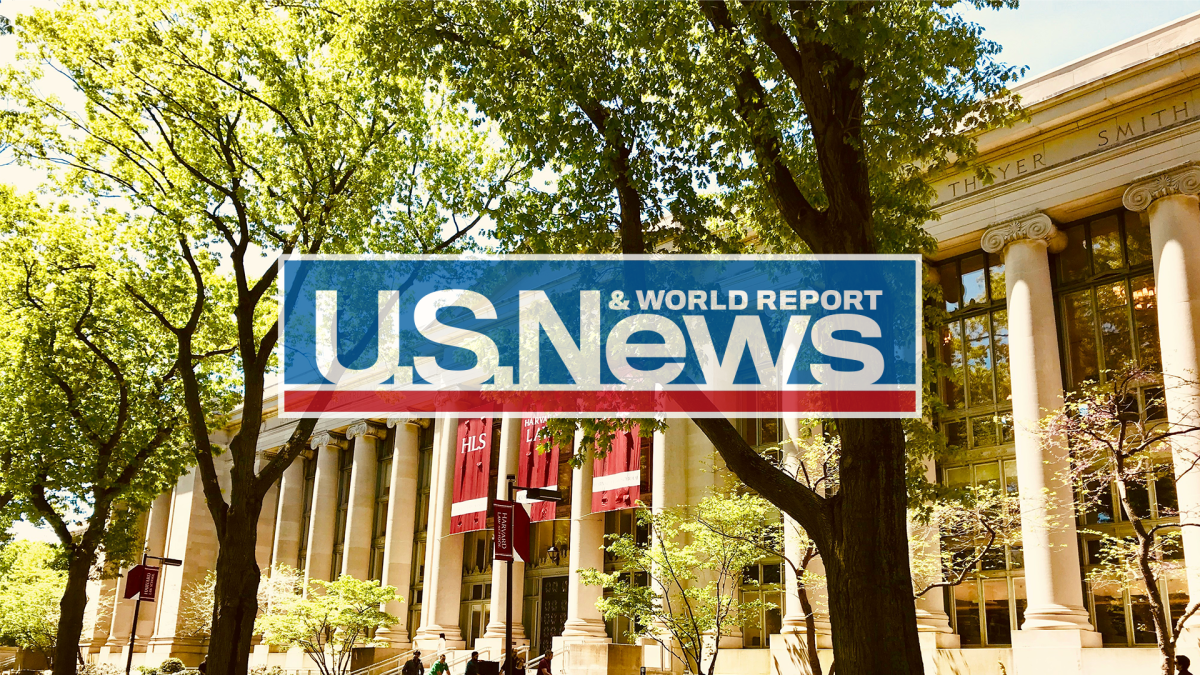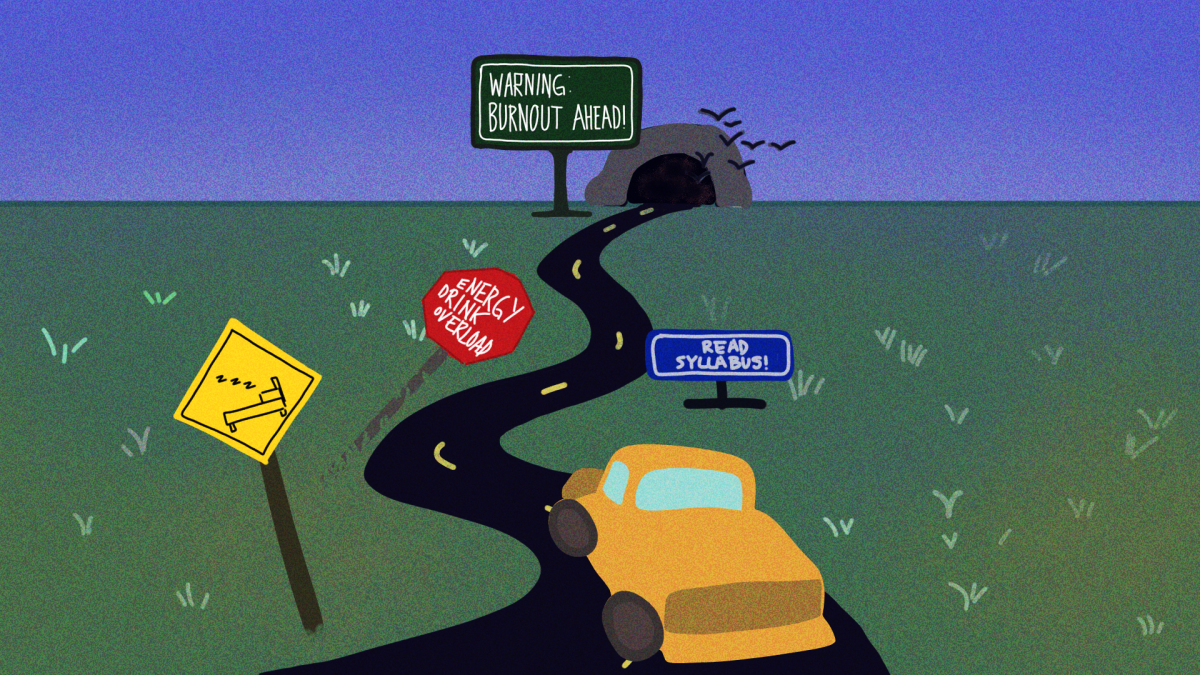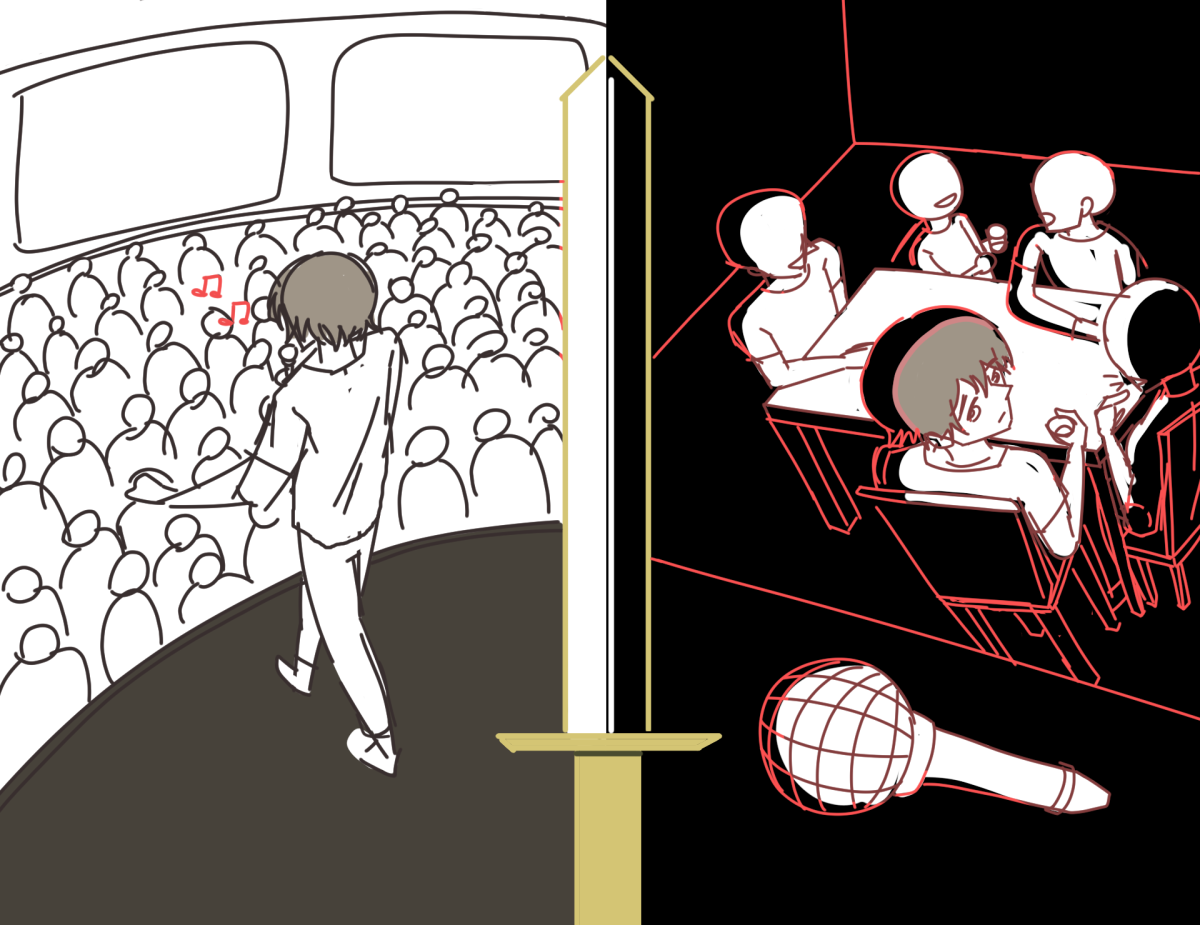“Between the World and Me” by Ta-Nehisi Coates, was designated as NC State’s common reading for 2017. Some of the freshmen reading this column may dimly recall from orientation something about having to read this novel, which supposedly would be discussed extensively in our classes this year.
Despite the common reading website’s lofty claims that, “this book should foster important conversations across subjects and disciplines on very timely issues, encouraging and assisting us as a campus community to grow in our understanding of ourselves and others,” I have seen little impact on the campus community as a whole. I attribute this not to Coates’ remarkable and insightful work, but rather to a disappointing lack of effort on behalf of the University in promoting the book.
On the website, I dug through a few layers of folders and uncovered the college-specific requirements list. To my surprise, only five colleges actually required the reading: education, sciences, humanities and social sciences, exploratory studies, and management. The others had some phrase like “strongly encouraged.” The list notes that the colleges’ introductory classes will likely give an assignment regarding the reading.
Speaking from personal experience, in COS 100, a class for the College of Sciences, we received one assignment about halfway through the semester which required students to read about 10 pages’ worth of the book and essentially summarize Coates’ opinion on universities. We never discussed the book in class, although even if we had tried to, I remain doubtful that such a setting (a computer lab full of 100 half-asleep science students) would make for a particularly meaningful discussion.
Instead, a proper format might include something along the lines of a one-credit hour required humanities or U.S. Diversity course where freshmen could meet weekly with peers, to share their experiences and contemplate issues in society. Such a class would have the advantage of promoting friendships across colleges and incentivizing everyone to read the text. It would also foster a sense of community among new students who haven’t yet found their footing.
The University should do more with the common reading for two main reasons. First, they have allocated enough funds to purchase a copy for every single incoming freshman, not an insignificant amount of money, and are currently letting these resources go entirely to waste. The school has no reason to throw that kind of money down the drain.
For another reason, which also happens to hit a deeper level, I believe that reading works like “Between the World and Me” has the capacity to enrich our understanding as students in a diverse community. In the book, Coates writes to his son, explaining in a profoundly personal manner his experiences of growing up in a society working against his best interests and how that society both has and hasn’t changed since then.
In one part of the book, Coates discusses his time at Howard University in Washington, D.C., meeting students from such a dizzying array of backgrounds that he describes the experience with a reverent tone, comparing the diversity to “listening to a hundred different renditions of ‘Redemption Song,’ each in a different color and key.”
With a student body of more than 30,000 students, NC State certainly encapsulates a broad swath of the human experience. Reflecting on this and other relatable aspects of Coates’ piece could promote bonds among incoming students and instill within them a desire to maximize their experience at college.
Moreover, Coates’ novel depicts the Baltimore of his youth, revealing structural factors that inhibited his and his peers’ success. From a neighborhood that made walking to school a potentially life-threatening trek, to a school system which treated the students more as cattle to be herded than young minds to be nurtured, many of his critiques provide insight into how structural racism continues to create socioeconomic inequalities.
As informed citizens, we students have an obligation to learn about issues affecting members of our society. For this reason, I strongly encourage all students, not just freshmen, to read “Between the World and Me,” even though our university doesn’t seem to care that we do.





